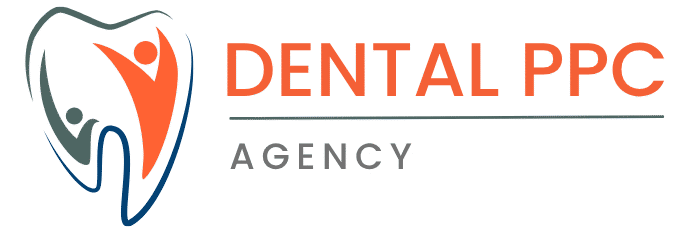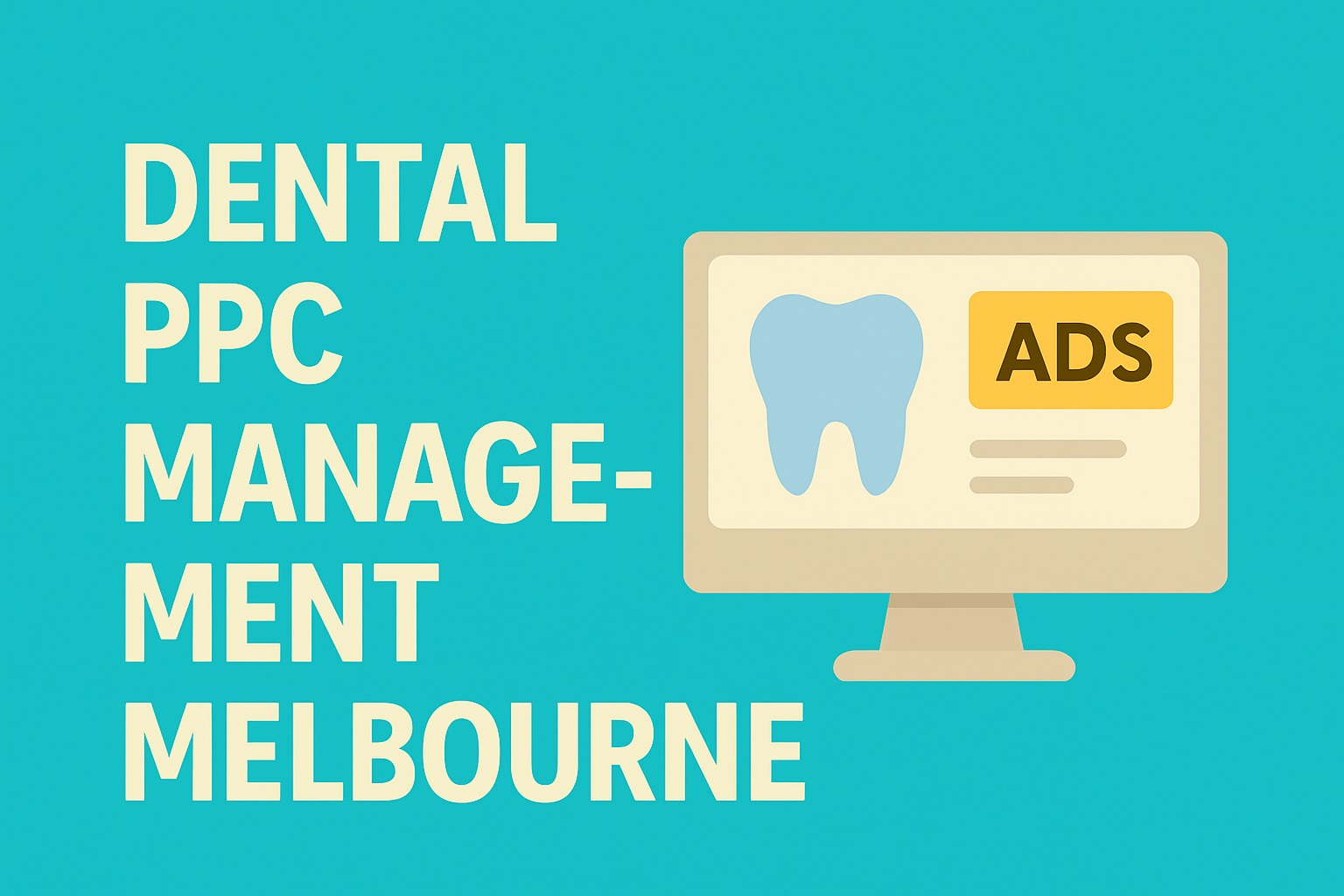Melbourne’s dental market is highly competitive, with dozens of clinics often competing for the same patients within a few kilometres. In this environment, traditional marketing alone may not deliver the steady stream of new patients a clinic needs. Pay-per-click (PPC) advertising offers a fast and measurable way to attract potential patients who are actively searching for dental services. By targeting the right keywords, demographics, and locations, Melbourne dental clinics can use PPC to appear at the top of search results or in front of the right audience on social media. With the right management, PPC campaigns can deliver high-quality leads, maximise marketing budgets, and help a clinic grow faster than relying solely on word of mouth or organic search.
Understanding Dental PPC Advertising
Pay-per-click (PPC) advertising is a digital marketing model where you pay only when someone clicks on your ad. For dental clinics in Melbourne, PPC is particularly effective because it allows you to target potential patients precisely at the moment they’re searching for services such as “emergency dentist Melbourne” or “Invisalign near me.”
Unlike traditional advertising, PPC campaigns can be highly specific — you can set your ads to appear only in certain Melbourne suburbs, during business hours, or to users who have visited your website before. This level of control ensures your budget is spent on people most likely to become patients.
The main advantage over other marketing channels is speed. While SEO takes months to build visibility, PPC can start driving leads within days. However, it also requires ongoing management to adjust bids, refine targeting, and improve ad quality for the best return on investment.
Choosing the Right PPC Platforms for Melbourne Dentists
Selecting the right advertising platform is crucial for maximising results from your PPC budget. In Melbourne’s dental market, the most effective platforms are typically:
Google Ads – Ideal for capturing high-intent patients. When someone searches for “dentist in Melbourne CBD” or “wisdom teeth removal near me,” Google Ads can place your clinic at the top of the search results. Local targeting ensures ads are shown only to users in your chosen suburbs, preventing wasted spend on irrelevant clicks.
Facebook & Instagram Ads – Better suited for brand awareness and promoting specific services. These platforms allow you to target users based on demographics, interests, and behaviours — useful for reaching people who may not be actively searching but are likely to consider dental services in the near future.
Retargeting Campaigns – Available on both Google and social platforms, retargeting ads re-engage people who have visited your website but didn’t book an appointment. This can be a cost-effective way to increase conversions from existing traffic.
The choice often comes down to your goals: Google Ads for immediate patient leads, social media ads for building awareness and nurturing interest, or a combination of both for balanced growth.
Keyword Strategy for Dental PPC in Melbourne
A well-planned keyword strategy ensures your ads appear for searches that bring in the right patients — not just clicks. For Melbourne dental clinics, this means combining treatment-related terms with precise location targeting.
Location-Specific Keywords
Including suburbs or local landmarks in your keywords helps attract nearby patients. Examples:
- “teeth whitening Melbourne CBD”
- “emergency dentist Richmond”
- “Invisalign South Yarra”
Treatment-Specific Keywords
Focus on services you want to promote most. These might include:
- “dental implants Melbourne”
- “kids dentist Melbourne”
- “root canal specialist near me”
Negative Keywords
These prevent your ads from appearing for irrelevant searches, saving your budget. For instance, excluding terms like “free dental course” or “DIY teeth whitening” ensures you’re not paying for unqualified clicks.
Long-Tail Keywords
Phrases with three or more words, like “affordable wisdom teeth removal Melbourne,” tend to have lower competition and higher conversion potential because they target people closer to booking.
By regularly reviewing and refining your keyword list, you keep your campaigns efficient and aligned with patient search behaviour.
Ad Copy and Creative Optimisation
Your ad copy is the first impression potential patients have of your clinic, so it needs to be clear, relevant, and persuasive. In Melbourne’s competitive dental space, strong ad messaging can be the difference between someone clicking your ad or a competitor’s.
Writing Effective Headlines and Descriptions
Use clear, benefit-driven language that speaks directly to patient needs. For example:
- Headline: “Gentle Emergency Dentist in Melbourne CBD”
- Description: “Same-day appointments. Experienced dentists. Book online today.”
Include treatment types, location, and a strong call-to-action (CTA) such as “Book Now” or “Call Today.”
Using Ad Extensions
Google Ads extensions, such as call buttons, location info, and service highlights, make your ad more informative and clickable. For a dental clinic, extensions could feature “Bulk Billing for Children” or “Free Cosmetic Consultation.”
Leveraging Visuals in Social Media Ads
On Facebook and Instagram, use high-quality images or short videos that show your clinic’s environment, staff, or treatment results (with patient consent). Before-and-after visuals can be powerful, but they must comply with AHPRA advertising guidelines to ensure ethical and legal compliance.
Consistent testing of headlines, descriptions, and images helps identify which combinations drive the most clicks and conversions, allowing you to continually refine your ads.
Landing Page Best Practices for Dental PPC
A well-designed landing page turns ad clicks into booked appointments. For Melbourne dental clinics, this means making it fast, clear, and reassuring for potential patients.
Mobile-Friendly Design
Most users searching for local dental services will be on their phones. Ensure your landing page loads quickly, displays correctly on all devices, and has large, easy-to-tap buttons.
Clear Calls-to-Action (CTAs)
Prominent CTAs like “Book an Appointment” or “Call Now” should appear above the fold and be repeated throughout the page. Make booking as simple as possible, with minimal form fields.
Trust Signals
Include Google reviews, patient testimonials (within AHPRA guidelines), before-and-after photos, and professional accreditations. These elements build confidence that your clinic is reputable and capable.
Service-Specific Content
If your ad promotes teeth whitening, the landing page should focus solely on that service — not general dentistry. This ensures relevance and improves conversion rates.
Local Contact Information
Display your clinic’s address, phone number, and a map to help patients confirm you’re in their area.
By aligning your landing page content with the ad that led the visitor there, you reduce bounce rates and increase the likelihood of booking.
Tracking and Measuring Campaign Performance
Effective PPC management relies on accurate tracking and regular performance reviews. For Melbourne dental clinics, this ensures your advertising budget delivers maximum return.
Key Metrics to Monitor
- Click-Through Rate (CTR): Shows how compelling your ads are. A low CTR may mean your ad copy or targeting needs improvement.
- Cost Per Click (CPC): Indicates how much you pay for each click. Lower CPC with relevant traffic means more value for your budget.
- Conversion Rate: Measures the percentage of visitors who take action, such as booking an appointment.
- Return on Investment (ROI): Determines overall profitability from your campaigns.
Tracking Tools
- Google Analytics: Helps track user behaviour and identify which ads drive the most engagement.
- Conversion Tracking in Google Ads: Records when someone completes a booking form, clicks to call, or schedules online.
- Call Tracking Software: Measures the number of calls generated directly from PPC campaigns.
Ongoing Optimisation
Regularly review keyword performance, pause underperforming ads, and allocate more budget to high-converting campaigns. A monthly review schedule helps ensure campaigns stay aligned with patient demand and seasonal trends.
Conclusion
For dental clinics in Melbourne, PPC advertising offers a direct and measurable way to attract new patients in a competitive market. By choosing the right platforms, targeting relevant keywords, crafting compelling ad copy, and optimising landing pages, clinics can ensure every advertising dollar works harder. Success in PPC doesn’t come from setting and forgetting a campaign — it requires continuous monitoring, data-driven adjustments, and a clear understanding of local patient behaviour. With strategic management, PPC can become one of the most cost-effective channels for consistent patient growth.


